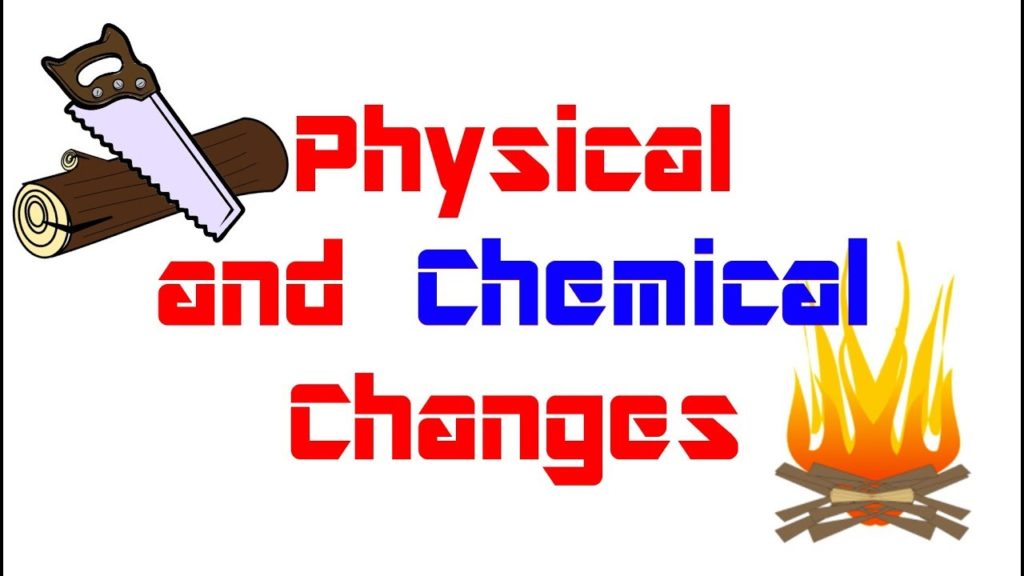What is the difference between physical and chemical change?
Change tends to happen in both living and non-living things. It is something that is inevitable in the matter. Matter is anything that occupies space and has weight.
The main difference between physical and chemical change is that physical change is a type change where the composition of a substance remains the same whereas chemical change is a type of change that results in a new substance.

Comparison Table (Physical Change vs Chemical Change)
| Basic Terms | Physical Change | Chemical Change |
| Meaning | It is a type of change where molecules are rearranged but the internal structures remain the same | It is a type of change where a substance undergoes transformation to result in a new substance with the different chemical composition |
| It Affects | Physical properties of matter such as colour, size and shape | Both physical and chemical properties of matter |
| Produce | No new substance is formed | The new substance is formed with different chemical composition |
| Energy | No energy production | There is energy production in the form of light or heat |
| Nature | Reversible | Can be both Irreversible and reversible |
| Temporary or Permanent | Temporary | Permanent |
| Example | Changing ice to water
Tearing paper Cutting wooden pile Switching on or off electric equipment |
Digestion of food
Burning of fuel or match stick Getting old Formation of curd |
What Is Physical Change?
It is a type of change where a substance undergoes transformation without altering the chemical composition and properties.
That’s not all. It is a change that brings transformation in size, shape and texture of a matter. It does not result in the production of energy.
Examples of physical change are changing water into ice, tearing paper and cutting wooden pile. Keep in mind that the nature of change is reversible and temporary.
What Is Chemical Change?
It is a type of change where a substance undergoes complete transformation to result in a new substance with different chemical and physical properties.
The nature of the change is permanent and either reversible or irreversible. The altered properties are melting point, boiling point, temperature, taste and shape.
Examples of chemical change are the formation of curd, getting old, and burning of wooden blocks. The new products form has different physical and chemical properties.
Read More: Difference between Metals, Non-Metals and Metalloids
Main Difference between Physical and Chemical Change
- Chemical change result in a new product whereas physical change no new product is formed
- Chemical change tend to be permanent while physical change tend to be temporary
- Physical change is reversible while chemical change is either reversible or irreversible
- Physical change tend to affect physical properties whereas chemical properties tend to affect both chemical and physical properties
- Chemical change tends to result in energy production whereas physical change does not result in energy production
- Physical change example is tearing the paper while chemical change example is getting old.
- Chemical change tend to directly affect bond formation whereas physical change does not affect the bond formation
Similarities between Physical and Chemical Change
- Both substances tend to undergo transformation
- Both changes occur in living and non-living things
- Both changes are inevitable
Comparison Video
Read More: Difference Between Relative Dating and Radiometric Dating
Conclusion
Living and non-living things tend to undergo both physical and chemical change in their lifetime. It is something that is inevitable.
Change tends to result in a new form of a substance that can be temporary or permanent. The core difference between chemical and physical change is that chemical change results in a complete transformation of a substance in its chemical composition whereas physical change result in a new product without altering properties.
More Sources and References
- Examples of Physical Change. Thought Company
- Examples of Chemical Change. Wikipedia